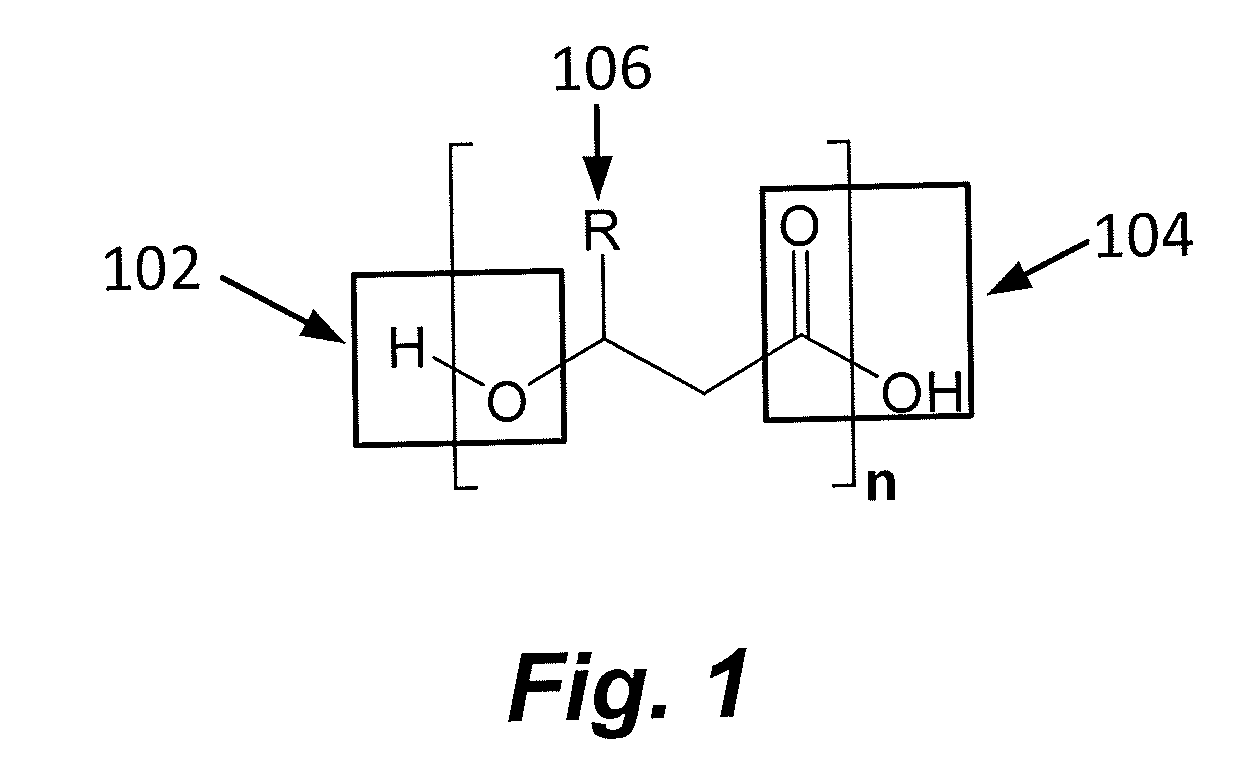Method of producing polyhydroxyalkanoates from a bacillus species
a technology of bacillus and polyhydroxyalkanoates, which is applied in the direction of fertilization, etc., can solve the problems of increasing waste disposal costs, growing non-biodegradable landfills, and pha-based plastics degrading quickly without any harmful effects, and pha is also biocompatibl
- Summary
- Abstract
- Description
- Claims
- Application Information
AI Technical Summary
Benefits of technology
Problems solved by technology
Method used
Image
Examples
Embodiment Construction
[0032]Throughout the specification ranges may be expressed herein as from “about” one particular value, and / or to “about” another particular value. When such a range is expressed, another aspect includes from the one particular value and / or to the other particular value. Similarly, when values are expressed as approximations, by use of the antecedent “about,” it will be understood that the particular value forms another aspect. It will be further understood that the endpoints of each of the ranges are significant both in relation to the other endpoint, and independently of the other endpoint.
[0033]An aspect of the present disclosure relates to a method for producing a polyhydroxyalkanoate in bacteria of a Bacillus species. In one embodiment, the Bacillus species is collected from Dammam City, Saudi Arabia. Bacillus is a genus of gram-positive, rod-shaped (bacillus) bacteria and a member of the phylum Firmicutes. Bacillus species can be obligate aerobes, which are oxygen reliant, or ...
PUM
| Property | Measurement | Unit |
|---|---|---|
| temperature | aaaaa | aaaaa |
| temperature | aaaaa | aaaaa |
| temperature | aaaaa | aaaaa |
Abstract
Description
Claims
Application Information
 Login to view more
Login to view more - R&D Engineer
- R&D Manager
- IP Professional
- Industry Leading Data Capabilities
- Powerful AI technology
- Patent DNA Extraction
Browse by: Latest US Patents, China's latest patents, Technical Efficacy Thesaurus, Application Domain, Technology Topic.
© 2024 PatSnap. All rights reserved.Legal|Privacy policy|Modern Slavery Act Transparency Statement|Sitemap

